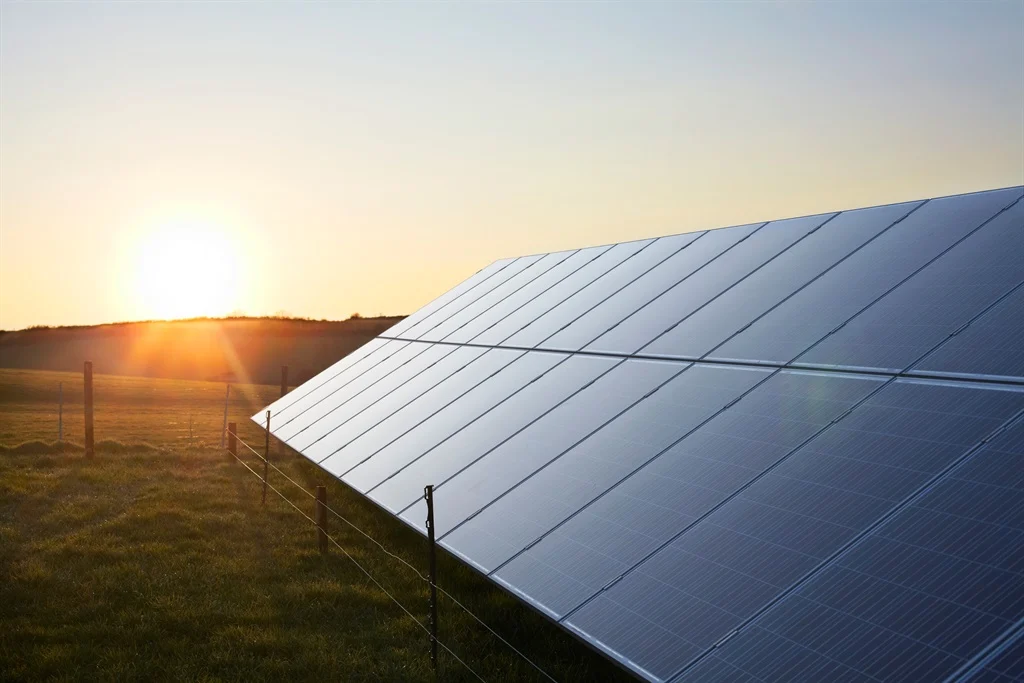South Africa could achieve higher economic growth if it moves away from coal and adopts renewable energy sources, a report by the World Bank shows.
The Country Climate and Development Report (CCDR) for South Africa was released on Tuesday, ahead of COP27 which kicks off on Sunday, 6 November, in Sharm el-Sheikh, Egypt. The launch was co-hosted by the World Bank and the Presidential Climate Commission.
The report lays out three important transitions for South Africa – this includes a low-carbon transition whereby greenhouse gas emissions are reduced by moving away from coal. The second, a resilient transition, is about putting in place mechanisms to enable vulnerable sectors and communities to withstand or bounce back from climate impacts such as droughts, floods and heatwaves. The third is a just transition which protects the poor and vulnerable from being adversely impacted by taking steps to achieve climate goals.
Overall, the combination of these transitions is expected to cost R8.5 trillion or 4.4% of GDP per year between 2022 and 2050.
ALSO READ: Pick n Pay rolls out Bitcoin payments across stores in South Africa
Almost half (49%) of the finance will be needed to decarbonise the economy – particularly the power or electricity and transport sectors. Over a quarter (28%) of the funding would be needed to strengthen the resilience of cities and the water, agriculture and transport sectors. Under a quarter (23%) would be needed to ensure a just transition. About R2.4 trillion is needed before 2030, the report indicated.
The World Bank noted that these are estimates that could vary depending on technological innovations and other changes to climate projections, government policies and business and household behaviours – especially beyond 2030.
Higher growth
The World Bank suggests that a low-carbon transition would also help achieve energy security, which is important for economic growth prospects.
To lower emissions, the high-emitting sectors like power generation, which is dominated by coal, will have to transition to renewables. The World Bank sees solar and wind accounting for 85% of the power supply by 2050. Natural gas or storage technologies such as batteries and pumped hydro will also be important for system stability, the report indicated.
The transport sector – the second-highest-emitting industry after power – could lower emissions by shifting to electric vehicles, which the World Bank believes is plausible by the early 2030s. Businesses and consumers will also have to do better to reduce emissions, especially in waste management and the agriculture and polluting industries.
A net-zero economy will ultimately be better for the country’s growth prospects. “In a scenario where the country achieves net zero, the economy could expand by an average of about 2.3% of GDP per year between 2022 and 2050, which would be more than twice the rate achieved over the past decade,” the report read.
The positive growth would be linked to resolving the energy crisis and resulting in productivity gains and job creation. Higher growth is possible with “broader policy reforms”, the World Bank highlighted.
SOURCE: News 24

